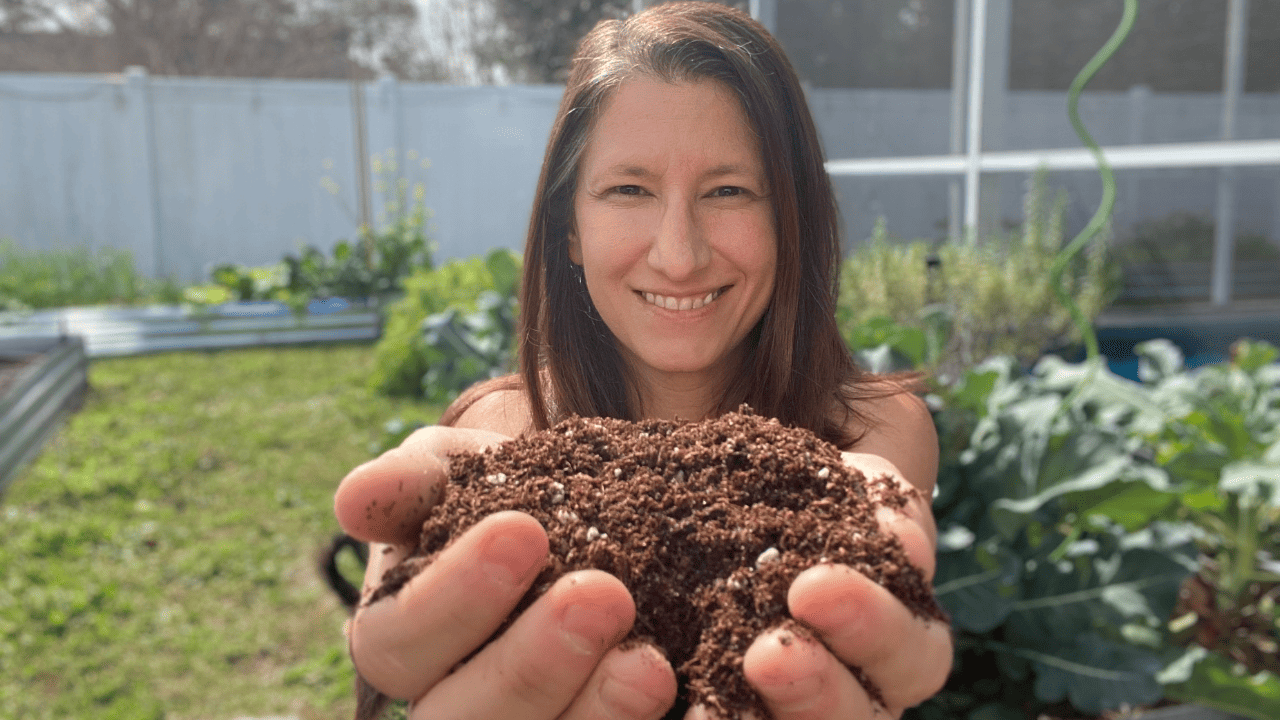Last Updated on February 1, 2024 by Homegrown Florida
Growing tomatoes, often considered a breeze, can turn into a battle when unexpected challenges arise. Today, let’s delve into the common tomato growing problems and discover effective solutions.
1. Battling the Blight: A Fungal Foe
Growing tomatoes in warm and humid environments, like Florida, exposes plants to blight, a pervasive fungal organism. While it may seem unavoidable, there are strategies to delay its onset. Start by choosing blight-resistant tomato varieties suitable for your region, such as Everglades, Heat Master, or Floridade.
Crop rotation is key. Never plant tomatoes in the same spot each season, and avoid following potato plants, which can harbor similar blight. Keep the leaves dry by mulching below the plants with materials like leaf litter or wood chips. Prune lower leaves to reduce splashing and encourage good airflow. Water at ground level to prevent wet leaves, and consider hydrogen peroxide and water spray as a preventative measure.
Remember, burning or trashing plant debris at the season’s end prevents introducing blight into compost, a crucial step for a healthy garden.
2. Pesky Pests: Hornworms and Stink Bugs
Tomatoes attract pests like tomato hornworms and stink bugs. Identifying these culprits is crucial. Hornworms, large and green, can be spotted by examining plant damage. For effective removal, consider night inspections with a flashlight. Stink bugs, which emit an unpleasant odor, can be controlled by flicking them into soapy water with a gentle touch or using neem oil and insecticidal soap.
Other potential pests include white flies, aphids, and spider mites. While some pests can be left to the predation of beneficial insects, controlling their population may be necessary using a strong spray of water or neem oil and insecticidal soap.

3. Fertilizing Woes: Nurturing Tomato Growth
Proper fertilization is vital for robust tomato growth and flowering. Tomatoes demand a specific fertilizer with a balanced NPK ratio. Tomatotone, with 3% nitrogen, 4% phosphorus, and 6% potassium, is a favorite. Ensure the fertilizer includes calcium, magnesium, and sulfur to reduce the risk of blossom end rot.
Follow package instructions diligently, as over-fertilizing can lead to excessive foliage and stunted fruit production. Well-nourished plants are more likely to provide a bountiful harvest.

4. Flower Drop Dilemmas: Heat and Pollination
Flowers dropping without setting fruit can result from high temperatures or incomplete pollination. In regions with scorching summers, providing shade and deep watering helps mitigate heat-related flower drop. Starting plants early can also yield fruits before extreme heat hits.
Incomplete pollination may be addressed by hand-pollinating. Simply tap the stems or use a gentle touch to simulate wind or insect action. Hand-pollination ensures that pollen reaches the female parts of the flower, promoting fruit development.

Triumph Over Tomato Troubles
Growing tomatoes is a fulfilling endeavor, but it requires vigilance and strategic interventions. Armed with these solutions, you’re better equipped to navigate the challenges and savor the joys of a thriving tomato harvest. Happy gardening!



